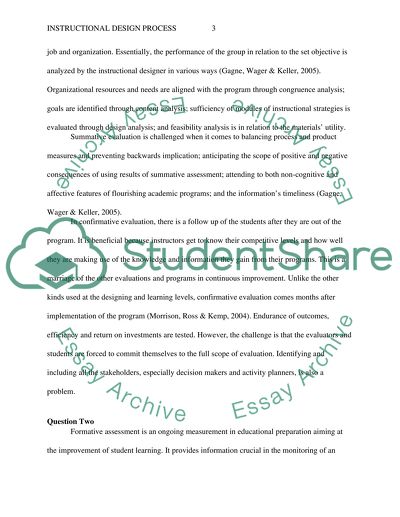Compares and contrasts formative, summative, and confirmative Research Paper. Retrieved from https://studentshare.org/education/1484652-compares-and-contrasts-formative-summative-and
Compares and Contrasts Formative, Summative, and Confirmative Research Paper. https://studentshare.org/education/1484652-compares-and-contrasts-formative-summative-and.


